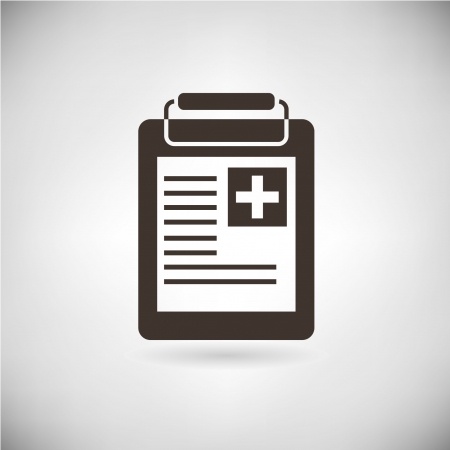
The process of vetting and implementing an EPM/EHR is challenging for any medical group, but the right EHR can help ultimately become an asset to your practice. In fact, an NCHS study conducted in 2011 found that 74% of physicians who adopted EHR reported enhanced patient care and that 71% would purchase their EHR system again. American Academy of Ophthalmology’s 2013 survey found that the adoption of EHRs by ophthalmology practices more than doubled from 2007 to 2011, and that 42% of practices reported improved or stable productivity and 55% would recommend EHR to a fellow ophthalmologist.
Is the idea of implementing an EPM/EHR making you uneasy? Have you already adopted a system and haven’t found success? Or have you found that your physicians spend more time looking at computer screens than interacting with their patients? Here are some strategic EPM/EHR planning best practices that you can implement at any stage of the process:
- Assess Your Practice’s Readiness- Before you decide to implement EPM/EHR or make changes to your existing system, assess what software and equipment your practice is already using and what needs to be updated. Be honest about your practice’s willingness and flexibility to change processes and make sure there is enough leadership and support to undertake such a major project.
- Establish a Budget- Develop and dedicate a budget that includes the hardware, software, interfaces, support services, space renovations, training, extra staff time needed during planning, and potential hidden costs like incorporating industry initiatives and emergency recovery procedures.
- Use Health Maintenance Prompts- Research Activities found in 2012 that physicians reduced their error rates from 26 to 16 per 100 prescriptions when switching from paper prescribing to e-scribing. In addition to preventing drug interactions, health maintenance prompts can remind physicians when a patient is due for preventative or chronic care services.
- Commit to Redesigned Workflows- Maintaining paper charts while you’re also using EPM/EHR means your practice could be duplicating work and you’ll need to consider how fully you’ve committed to going paperless, including: how a patient progresses from check-in to check-out, management of incoming faxes, mail and lab orders, communicating with pharmacies, how practice members delegate and communicate with each other, and how patient visits are documented.
- Partner With Your Provider- Your vendor should be your partner in any EPM/EHR planning and you’ll want to look for a vendor that shares the same culture and long-term vision that you do. Your vendor should offer early training and support, and assistance with goal-setting and assessment.
- Utilize Patient Portals- CDC Center for National Statistics found that 75% of patients want to view their medical records online and 62% of patients want to communicate online with their PCP, but that only 41% of physicians with EHR give timely access to patients. Most leading vendors offer web-base patient portals where patients can make payments, request refills, look at lab results, request clinical summaries and more. This generates significant savings on phone traffic and technician time in addition to increasing patient satisfaction.
- Adapt to Change- EPM/EHR planning has left its infant stage behind but as technology evolves, so should your system. For example: more practices are utilizing cloud and hybrid technology to optimize storage space, the use of voice recognition or scribes for optimal point of care documentation, and accessing EHR through mobile devices.
- Continual Quality Improvement- Post EPM/EHR implementation evaluation will help your practice evolve and you will need to capture data for internal clinical priorities as well as for reportable quality measurements.
EPM/EHR planning does require hard work and careful planning, but with the insights provided here, your practice can optimize operational efficiency while earning stronger revenue and providing better patient care.
Contact us for more information about successfully implementing or optimizing an EPM/EHR system at your practice.

